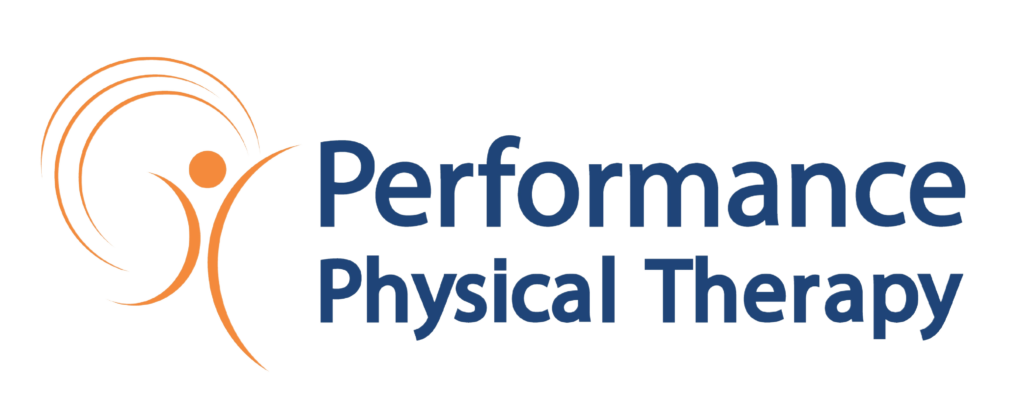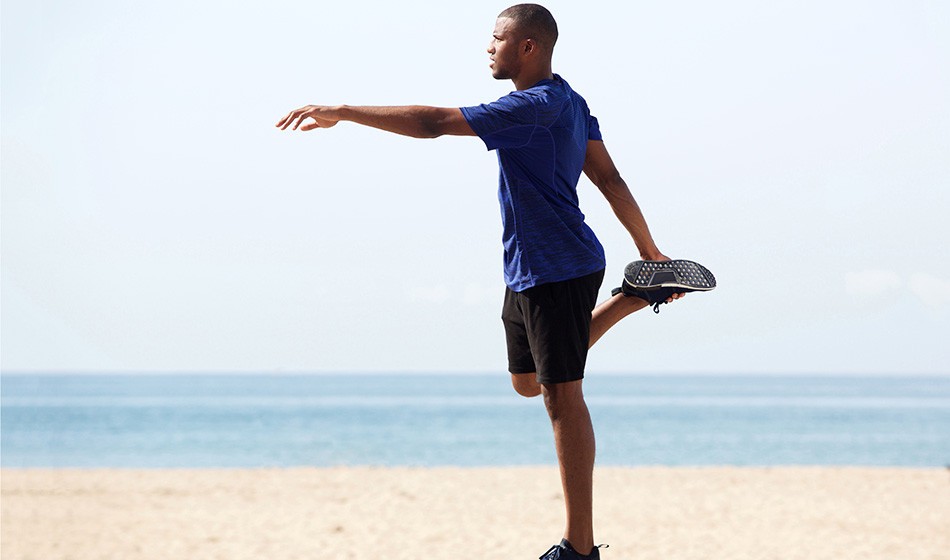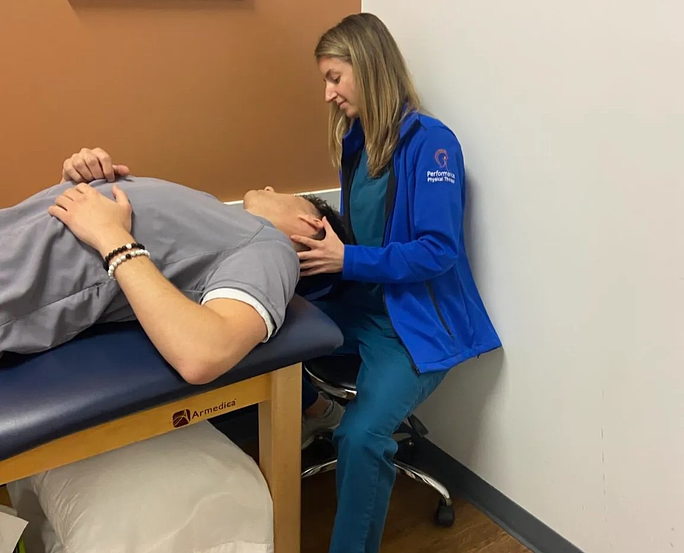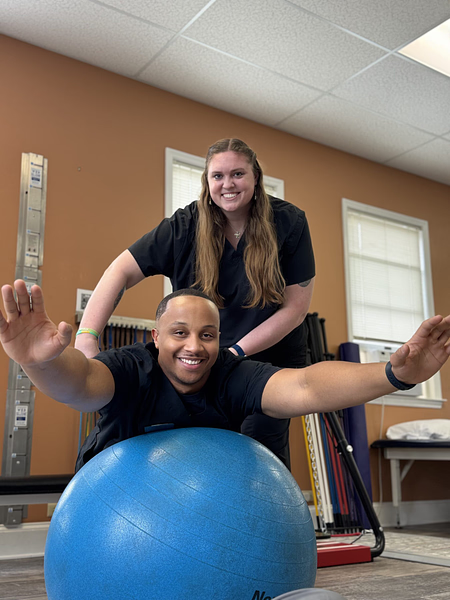Balance is an essential aspect of our physical health and well-being, yet i’s often overlooked. However, maintaining good balance is crucial for preventing falls and injuries, especially as we age. If you’ve found that your balance is not up to par, there are many exercises you can do at home to improve it. In this blog post, we’ll go over some easy exercises that you can do to improve your balance.
1. Single-Leg Stands
Single-leg stands are a great way to improve your balance. To perform this exercise, stand on one leg and raise the other foot off the ground. Hold this position for as long as you can without touching your raised foot to the ground or using your arms to steady yourself. Repeat the exercise on the other leg and try to hold the position for the same amount of time. As you become more comfortable, increase the time you spend on each leg.
2. Heel-to-Toe Walk
Heel-to-toe walk is another exercise that helps to improve balance. To perform this exercise, place a line or piece of tape on the floor and walk along it, placing your heel directly in front of your toes with each step. Keep your arms at your sides, and try to maintain your balance as you walk. Repeat the exercise several times, and as you become more comfortable, try to walk faster.
3. Standing on a Pillow
Standing on a pillow is a simple yet effective way to improve your balance. To perform this exercise, place a pillow on the floor and stand on it with one foot. Try to maintain your balance for as long as you can without touching your raised foot to the ground or using your arms to steady yourself. Repeat the exercise on the other foot and try to hold the position for the same amount of time.
4. Tandem Walking
Tandem walking is another exercise that helps to improve balance. To perform this exercise, place a line or piece of tape on the floor and walk along it, placing one foot directly in front of the other with each step. Keep your arms at your sides and try to maintain your balance as you walk. Repeat the exercise several times, and as you become more comfortable, try to walk faster.
5. Yoga Poses
Yoga poses are an excellent way to improve balance. Some of the best yoga poses for balance include the tree pose, warrior III, and the eagle pose. These poses require you to stand on one foot and maintain your balance, which helps to strengthen the muscles in your legs and improve your overall balance.
6. Tai Chi
Tai Chi is a form of martial arts that emphasizes slow, smooth movements and deep breathing. It’s an excellent way to improve balance and coordination, as well as reduce stress and anxiety. Tai Chi can be done at home or in a class, and it’s suitable for people of all ages.
7. Progressive Balance Training
Progressive balance training is a more advanced exercise that involves working on balance in different positions and environments. For example, starting by standing on a stable surface and progressing to an unstable surface such as a balance board or foam pad. As your balance improves, you can move on to more challenging exercises such as standing on one foot or walking on a narrow beam.
In conclusion, improving your balance is essential for preventing falls and injuries, especially as we age. By incorporating these exercises into your daily routine, you can improve your balance and reduce your risk of falling. Remember to always start with a comfortable level and gradually work your way up to more challenging exercises. Consult with a healthcare professional before starting any exercise program.
READ MORE ARTICLES
Ever feel like the room is spinning? Or maybe you’re the one spinning? Or perhaps you just feel a little off, unsteady,
If you’re struggling with pain, stiffness, or recovering from an injury, choosing the right therapy in Delaware can be the key to




